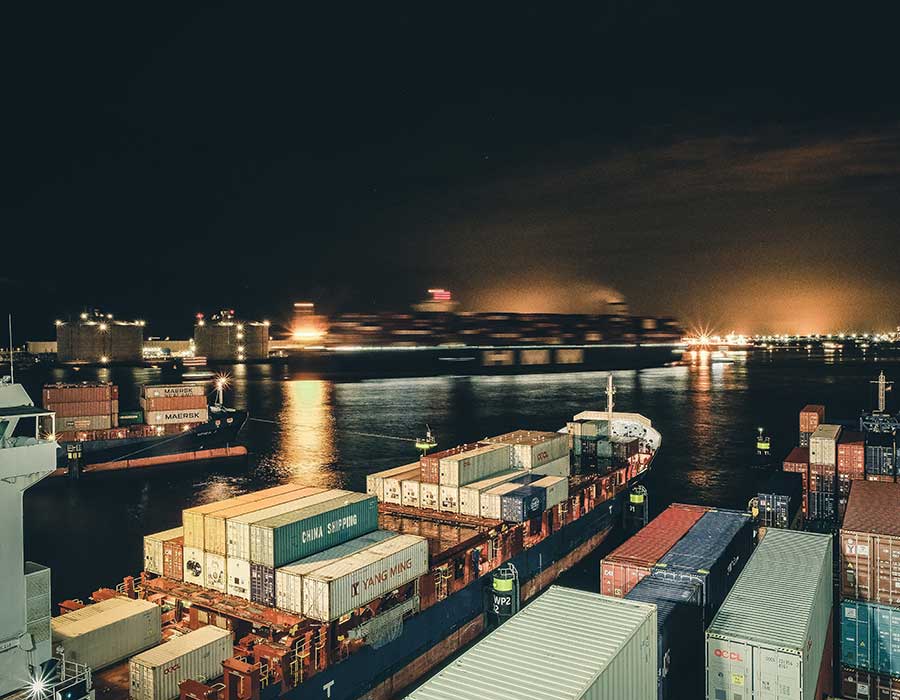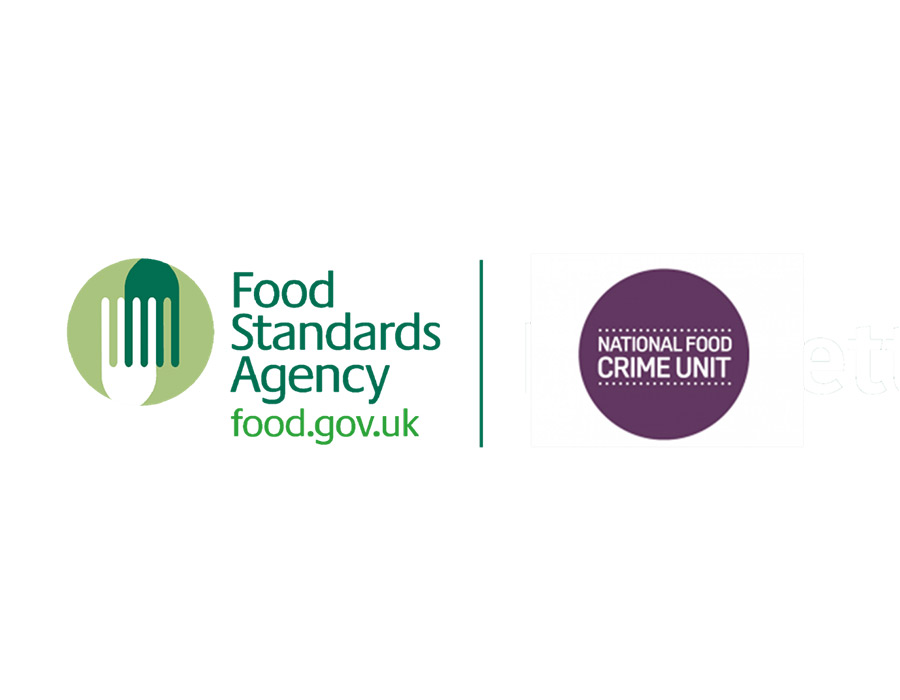IMPORTANT UPDATE: GUIDANCE ON GB-NI LABELLING REQUIREMENTS AND THE RETAIL MOVEMENT SCHEME PUBLISHED
Defra have today published guidance and a policy paper on elements of the Windsor Framework. The published guidance covers the Retail Movement Scheme (or ‘ReMoS’ as it will otherwise be known), and guidance on the GB-NI labelling requirements for businesses using the Retail Movement Scheme.
Please see the notes below from Defra, which summarise the key elements within the publications:
Retail Movement Scheme:
If your business moves agri-food retail goods to Northern Ireland for sale and for final consumption, then you are eligible to join ReMoS and take advantage of simplified processes for moving those goods. As your supply chain evolves there is flexibility to join and leave the scheme.
Online registration for the scheme will open on 1 September 2023. Qualifying traders and businesses will be able to register at any point after this time. Registration will be simple, and you will only need to do it once, alongside accepting the scheme’s terms and conditions. Registration will ensure that Government has all the necessary information to admit you to ReMoS and allow you take advantage of simplified movements into Northern Ireland.
Businesses who wish to do so can pre-register for ReMoS between 31 July and 24 August 2023. This will fast-track scheme membership.
Under ReMoS, a simplified single document (the ‘General Certificate’) will confirm that all of the goods on a single truck are compliant with the terms of the scheme. You will no longer need to complete individual Export Health Certificates (EHCs) for each consignment, nor require signing off from a vet.
To assist you with any changes for your business, we are taking care to ensure that the end-to-end process is as straightforward as possible, drawing on existing industry standards and common practices to minimise additional burdens wherever possible.
Under the scheme you will be able to move more products to Northern Ireland than was possible under the original terms of the Northern Ireland Protocol. Bans on products like chilled meat preparations, and certain goods from the Rest of the World, such as South American avocados have been lifted. Further explanation and full list of products are outlined within Retail Movement Scheme: how the scheme will work – GOV.UK (www.gov.uk).
Labelling:
This guidance covers labelling rules for businesses in Great Britain (England, Scotland and Wales) and retailers in Northern Ireland, for those agri-food products moved under the Retail Movement Scheme.
Under the Retail Movement Scheme, some food products will need individual product labels with the words ‘Not for EU’. These requirements will be brought in through three phases from October 2023 to July 2025. The guidance gives more information on what products are exempt from the product-level labelling requirements.
Where products are not individually labelled with the words ‘Not for EU’, there are requirements to label the box or crate under the Windsor Framework. This requirement will take effect from 1 October 2023. It is recognised that businesses move products in different ways. Therefore, this requirement should be implemented in the most pragmatic way possible and we will continue to work with business on the practical methods that can be used to meet this requirement. Some acceptable examples are outlined in the guidance.
The UK Government will provide financial support to help businesses with the new labelling requirements in phase 1. Funding will cover a range of activities that could help your business meet the labelling requirements. The funding will not cover the labelling changes for phases 2 and 3.
Further details on the guidance can be found here.
Action: You should continue to use guidance and procedures that presently are in place on gov.uk. Guidance will be updated periodically, giving you time to prepare for any new requirements. For up-to-date guidance we encourage you to sign up for gov.uk alerts.
Keeping you informed:
We will continue to update on the new Windsor Framework at our weekly agri-food forum and roundtables and encourage you to attend. The Forum is open to all traders. If you would like to attend and do not already have the invite, please email us at: NIGBFoodSupplyChainForum@defra.gov.uk
Defra will continue to keep you informed and up to date on developments that affect traders moving goods from Great Britain to Northern Ireland.
Should you have any questions or queries about this in the meantime, please email us at traders@defra.gov.uk.
























